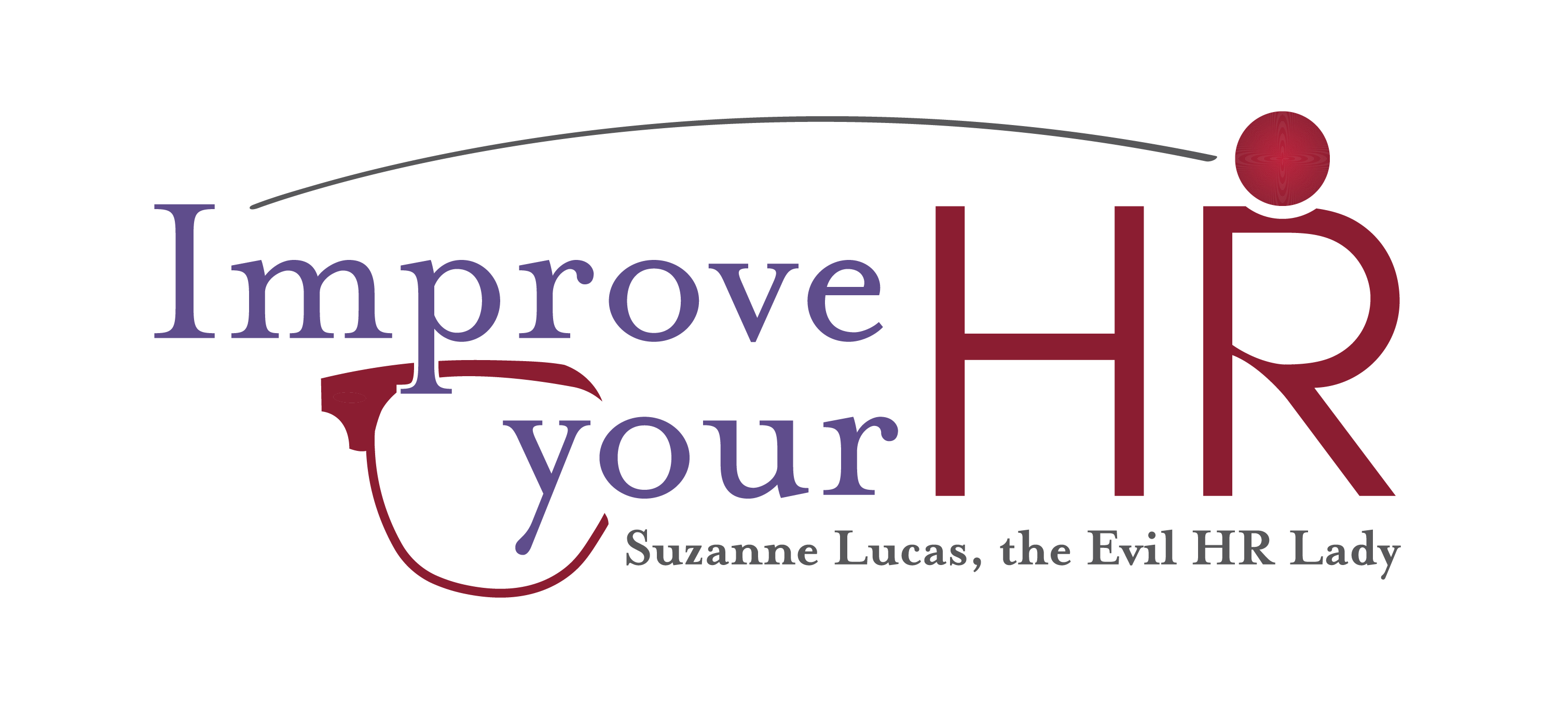Gala Camacho spotted a job posting on LinkedIn that she found sexist, so she commented that they “might reach a wider audience if your job ad was not so gendered and/or white. #diversity #inclusion.”
The ad was for a Vice President of Engineering at Relevant Software and included an illustration of a white guy with a beard, casually dressed. Frankly, while I agree with Camacho’s point, I don’t think it’s a huge deal. A picture of some sort often draws attention to a job posting.
But, it became a big deal when Relevant Software CEO, Andrew Burak responded and defended the picture saying, “It’s just a very precise marketing approach and no more, no less. Do not look here for any inequality ground. According to our research, most of our potential candidates look like on the picture.”
To keep reading, click here: This Tech CEO Said Targeting Bearded White Men for VP Makes Sense

Dear Evil — you end your very reasoned article by mentioning lessons learned. One lesson I’m learning is that no matter what an organization posts on-line, someone will be offended and will complain … sometimes justly, and sometimes, as here, leaving one wondering what the heck they’re whining and complaining about. We are so easily offended today it’s almost a social sickness. For example, in the employee group picture, I’m highly offended by the lack of old people … by the racial disparity between Whites, Blacks, Asians, Native Americans, and people from Yugoslavia (no women wearing babushkas) … by no disabled people in wheelchairs … by no pets or support animals … I could go on (don’t get me started about the obviously forced and degrading “cheerleading pose” of the woman holding the blue box). We live in America, and we are free (so far) to be offended and to complain about anything … but I find myself wishing people would get a grip and stop complaining about things like men with beards in employment ads.
Except if you are actually trying to recruit good people to your company, you need to be aware of how your company looks to outsiders. There are a lot of good people who are not white men with beards. Lots. And they need to be able to see themselves at your company.
I don’t know about you, but I work for an engineering company that is desperate to recruit and retain people. Even in my small Milwaukee office, we have men and women from Egypt, Mexico, Iran, Russia, India, Cameroon, and Serbia. They are all part of the team and they are all valuable.
We need to show prospective employees that we want a diversity of views and approaches and experiences and part of the way we do that is by making sure that this diversity is clear on our external communications.
And yes, diversity is valuable. Not as window dressing, but for better design. We need hand dryers in public restrooms that work on every skin color, not just white skin. We need someone to say that maybe it’s not such a good idea to build cantilevered stairs out of transparent glass in a three-story atrium. We need someone to believe that a period tracker is actually a useful feature on a fitbit. We need different approaches and experiences to make sure that the equipment we design works for everyone, not just white men who happen to be 5’8″ tall.
Fun fact: “Burak” in Polish language means “Beet root” but also is usually colloquial expression for a person (usually a man) who is not very polite, a bit offensive and boorish. Coincidence?
About Burak, the African and Middle Eastern name Barak is a derivative of and linguistically related to that word. Hmmm. Coincidence?
Seriously? You’re going there?
Wasn’t there some southern sit-com that had a character with the nick name ‘Beet Root’?
I’m genuinely sorry if our ads and/or my comments offend anyone.
And, as always, the non-apology apology. He should follow Suzanne’s scripts: either, “Oh man that’s not what I meant but I see how it could be taken that way” or “Yes, we are looking for another white bro with a beard is that wrong everyone knows women/non-white people can’t do engineering!”
You know what? Almost every company’s Careers website and YouTube channels feature pictures only of young people. The message to me – as a 50-year-old – is pretty unmistakable: “Older people need not apply.” Don’t think that these images are just illustrations for hypothetical purposes. They are meant to show who “belongs” and who does not.